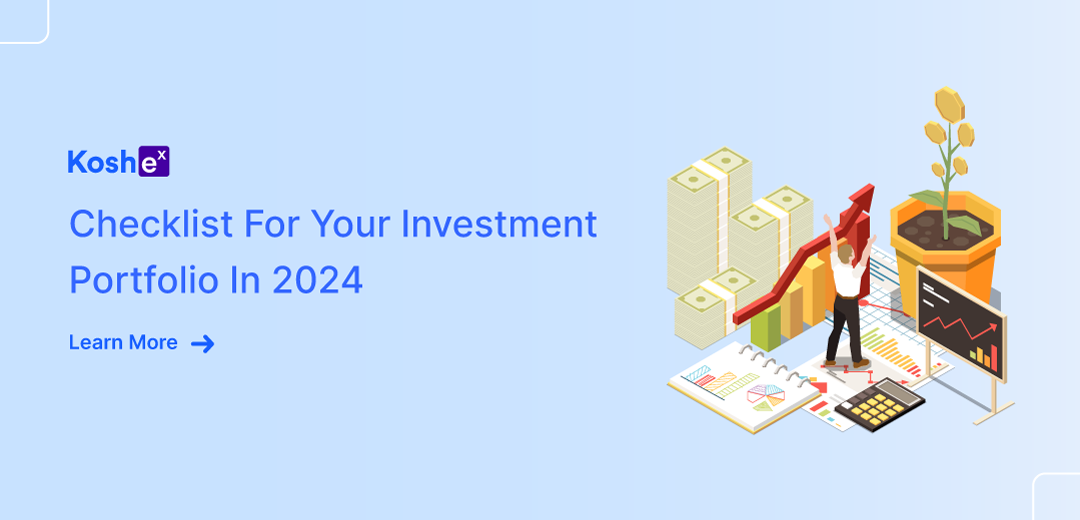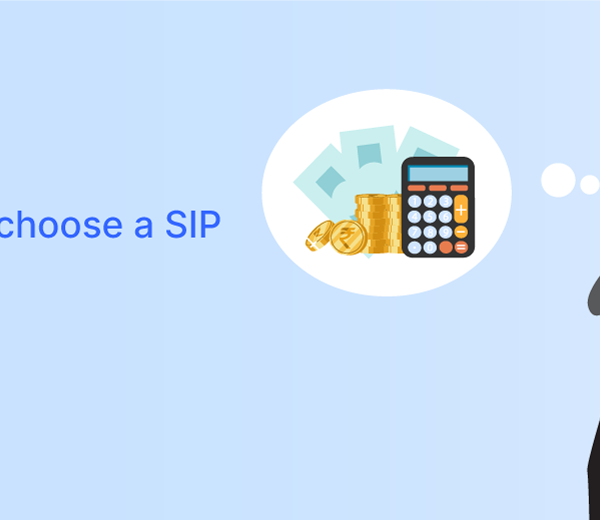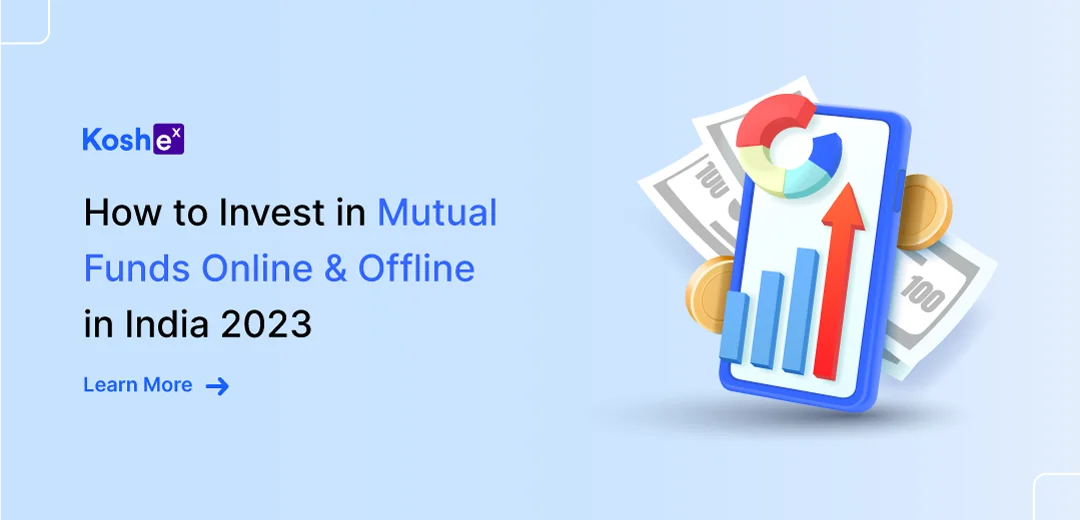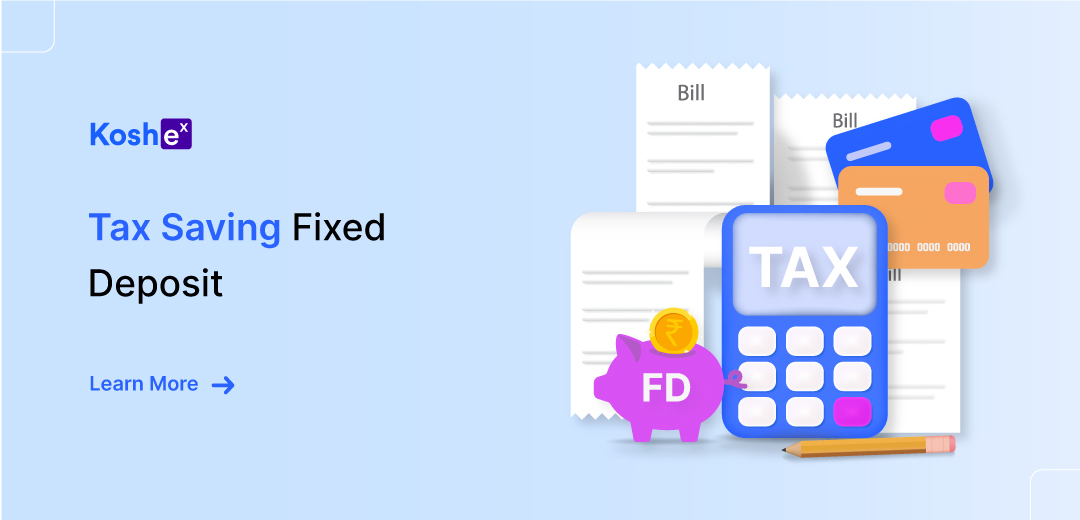In today’s rapidly changing economic landscape, it’s more important than ever to prioritize financial management and make informed decisions. Whether you’re a seasoned investor or just starting your journey, having a comprehensive checklist is crucial to ensure your investment portfolio thrives in 2024.
At Koshex, we understand the importance of financial wellness, managing debt, building an emergency fund, and achieving your investor goals. Our self-service platform provides hyper-personalized insights and seamless transactions to empower individuals like you in making smart investment choices. Join us as we explore the key elements of an effective long-term investing checklist for the year 2024.
Understanding Risk and Return Profiles
To build a strong foundation for your investment portfolio, it is essential to understand the risk and return profiles of various asset classes. Diversification across different asset classes such as equities, bonds, and commodities can help mitigate risk while maximizing potential returns. Consider these factors when evaluating different investment options:
1. Historical Performance: Analyze historical performance data to assess how different asset classes have performed over time. Look for consistent growth trends and evaluate performance in both bull and bear markets.
2. Volatility: Assess the volatility associated with each asset class by analyzing standard deviation figures. Lower volatility assets may be suitable for conservative investors looking for stability, while higher volatility assets may offer greater growth potential.
3. Correlation: Evaluate the correlation between different asset classes to identify opportunities for diversification. Assets with low or negative correlation with stocks can help reduce overall portfolio risk. For example Hybrid Mutual funds, Debt-oriented Mutual funds, Bonds.
Managing Debt: Minimizing Financial Burdens
Managing debt is an essential aspect of achieving financial wellness. By optimizing your debt repayment strategies, you can minimize financial burdens and free up resources for investment purposes. Consider the following tips:
1. Prioritize High-Interest Debt: Focus on paying off high-interest debts such as credit cards or personal loans before considering investment options. The interest rates on these debts typically exceed potential investment returns, making it financially prudent to eliminate them first.
2. Create a Budget: Develop a comprehensive budget that accounts for both necessary expenses and debt repayments. Stick to this budget rigorously to ensure timely debt repayment and avoid accumulating additional debt.
3. Explore Debt Consolidation Options: If managing multiple debts becomes overwhelming, explore debt consolidation options that allow you to combine multiple debts into a single loan with a lower interest rate. This can simplify the repayment process and potentially reduce your overall interest payments.
Building An Emergency Fund: Preparing for the Unexpected
Building an emergency fund is crucial for financial stability and peace of mind. It serves as a safety net during unexpected situations such as job loss or medical emergencies. Follow these guidelines when setting aside funds for your emergency fund:
1. Determine Your Monthly Expenses: Calculate your average monthly expenses, including rent/mortgage, utilities, groceries, and healthcare costs. Aim to save at least 3-6 months’ worth of living expenses in your emergency fund.
2. Automate Savings: Set up automatic transfers from your salary account to a dedicated emergency fund account each month. This ensures consistent contributions without requiring manual effort.
Investor Goals: Defining Your Path to Success
Before making investment decisions, it is essential to define your investor goals. By identifying your short-, mid-, and long-term objectives, you can align your investment strategy accordingly. Consider the following steps:
1. Set SMART Goals: Specific, Measurable, Achievable, Relevant, and Time-bound (SMART) goals provide clarity and focus. For example, instead of a vague goal like “I want to make money,” set a specific target such as “I aim to accumulate X amount of funds for a down payment on a house in 5 years.”
2. Risk Tolerance Assessment: Assess your risk tolerance by considering factors such as age, financial obligations, and personal preferences. A higher risk tolerance may lead to more aggressive investment strategies, while a lower risk tolerance may warrant a conservative approach.
3. Regular Portfolio Reviews: Conduct periodic reviews of your portfolio to ensure it remains aligned with your investor goals. Make adjustments as needed based on changing market conditions or evolving personal circumstances.
Asset Allocation: Balancing Risks and Rewards
Asset allocation plays a crucial role in achieving long-term investment success. Consider these strategies when deciding how to allocate your investments:
Diversification:
Allocate investments across different asset classes (equities, fixed income instruments) and geographies to minimize risk exposure and maximize potential returns.
Rebalance Regularly: Periodically review your portfolio and rebalance asset allocations to maintain the desired risk profile.
Age-Based Asset Allocation: Adjust asset allocations based on your age and proximity to retirement. Younger investors may have higher exposure to equities for long-term growth potential.
Tax-Efficient Investments: Minimizing Liability
Take advantage of tax-efficient investment options to minimize tax liability and maximize after-tax returns:
Equity-Linked Savings Schemes (ELSS): ELSS funds offer tax benefits under Section 80C of the Income Tax Act, making them an attractive long-term investment option.
Index Funds: Consider investing in index funds that replicate market indices. These funds often have lower expense ratios and can provide tax advantages through lower turnover.
Index funds trade less due to their passive nature, resulting in fewer capital gains and lower tax bills for investors.
Systematic Investment Plans (SIPs): Utilize SIPs to invest in mutual funds regularly. SIPs offer the benefit of rupee-cost averaging and can be structured to align with long-term financial goals.
Conclusion
Optimizing your investment portfolio in 2024 requires careful consideration of various factors such as risk tolerance, financial management, debt repayment strategies, emergency fund building, and investor goals. By following a comprehensive long-term investing checklist, you can make informed decisions that align with your financial aspirations.
At Koshex, we are committed to helping you achieve financial wellness and meet your investor goals. Our self-service platform offers personalized insights and seamless transactions to empower you on your investment journey. Sign up with Koshex today and unlock the potential of strategic investing for a brighter financial future.
FAQs
Why is long-term investing important?
Long-term investing has several advantages over short-term trading:
- Reduces risk: Over time, the stock market tends to trend upwards. By investing for the long term, you are less likely to be impacted by short-term market volatility.
- Compounds your returns: The power of compounding allows your money to grow exponentially over time.
- Provides peace of mind: By taking a long-term view.
2. How can I ensure that my investments align with my long-term investing checklist?
- To ensure that investments align with a long-term investing checklist, investors should regularly review and update their portfolio, rebalance their asset allocation as needed, and make adjustments based on changes in their financial situation or market conditions.









Leave a Comment